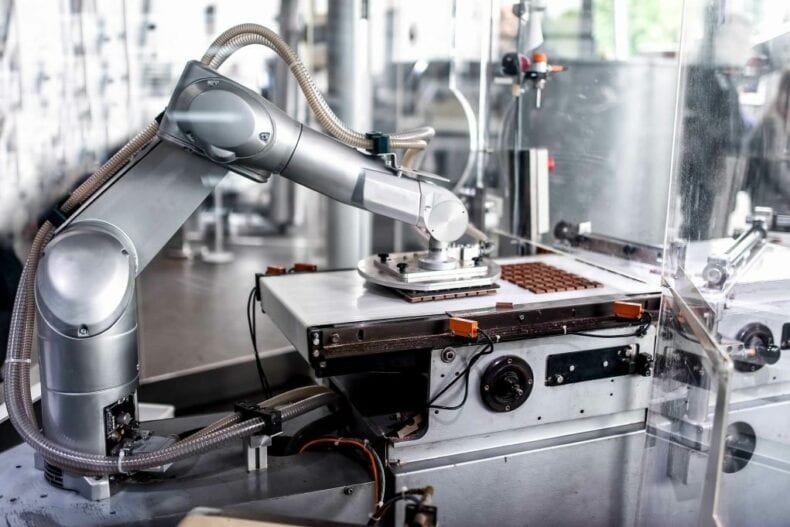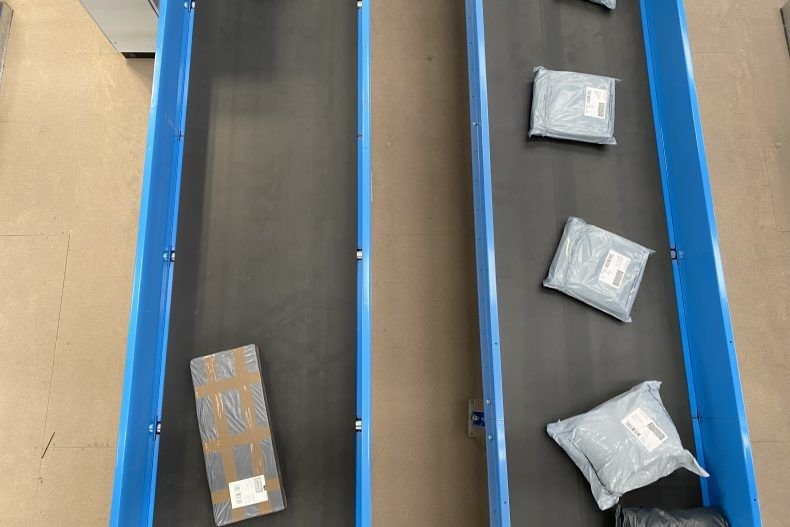Overview
It’s no secret that automation is on the rise, regardless of the sector you look at; driving health and safety standards are the highest they have ever been while streamlining manufacturing processes and delivering better and more consistent product lines at the same time.
For the food and drink sector, new technological developments such as intelligent vehicles, stock management, and replenishment systems could just be the tip of the iceberg when it comes to how automation is used to its full potential within this market.
Artificial intelligence (AI) and robotics have long been tipped as the future of manufacturing, and not just for their cost and time-saving benefits. With their ability to self-regulate decision making, food manufacturing professionals can focus their attention on performing more high-level tasks that require more skill and maintenance.
Bringing intelligent vehicles into the warehouse
The use and development of autonomous vehicles (AVs) have dominated the headlines in the past couple of years, with the UK Government revealing ambitious plans to have them on the nation’s roads by 2021. While the British public wait with much anticipation, the manufacturing sector looks to benefit from these a lot sooner. Autonomous Intelligent Vehicles (AIVs) and Automated Guided Vehicles (AGVs) are now being rolled out in warehouses across the country.
Food and product manufacturers have played with the idea of implementing AIVs, AGVs, and robotics to move tools, manage stock levels, shipping, and within ERP systems for quite some time with little action. And, following the widespread attention automation has received in recent months, it’s likely we will see many more suppliers recognise the benefits of these types of systems to improve productivity and efficiency and begin to invest.
While different AVs have their own pros and cons, engineers are still working to address some of the health and safety concerns many manufacturers are concerned by. AGVs, for example, only follow pre-programmed paths (using elements such as line-following technology, magnets or barcodes) so wouldn’t be suitable for environments where staff move around or where the warehouse floor is crowded.
However, the emergence of responsive AIVs, which can safely operate alongside human members of staff, could be the key to the widespread deployment of these vehicles.



